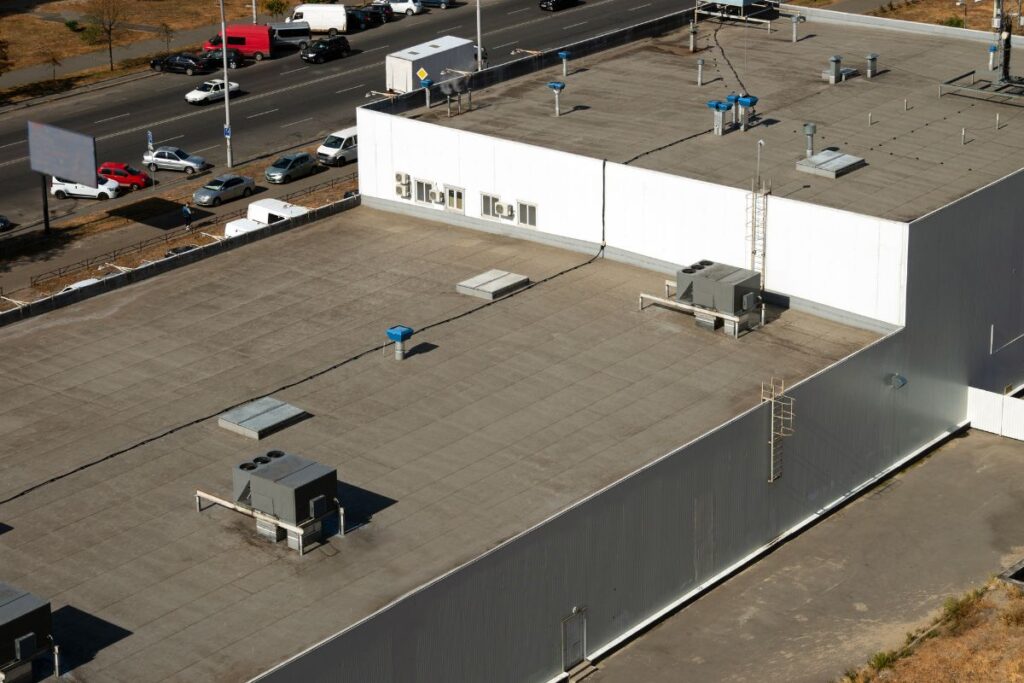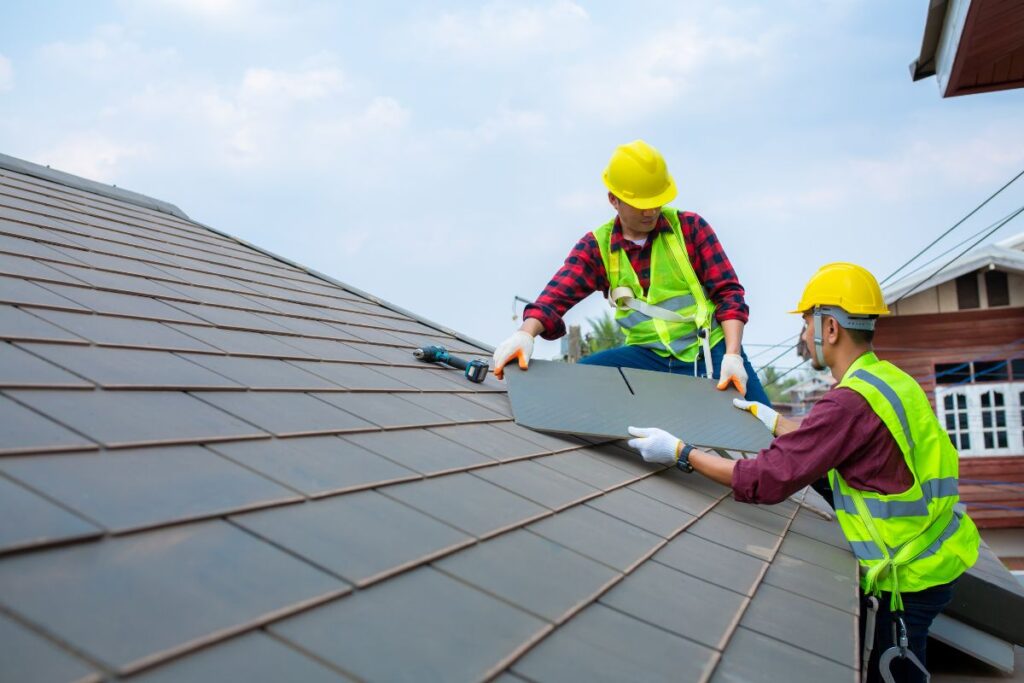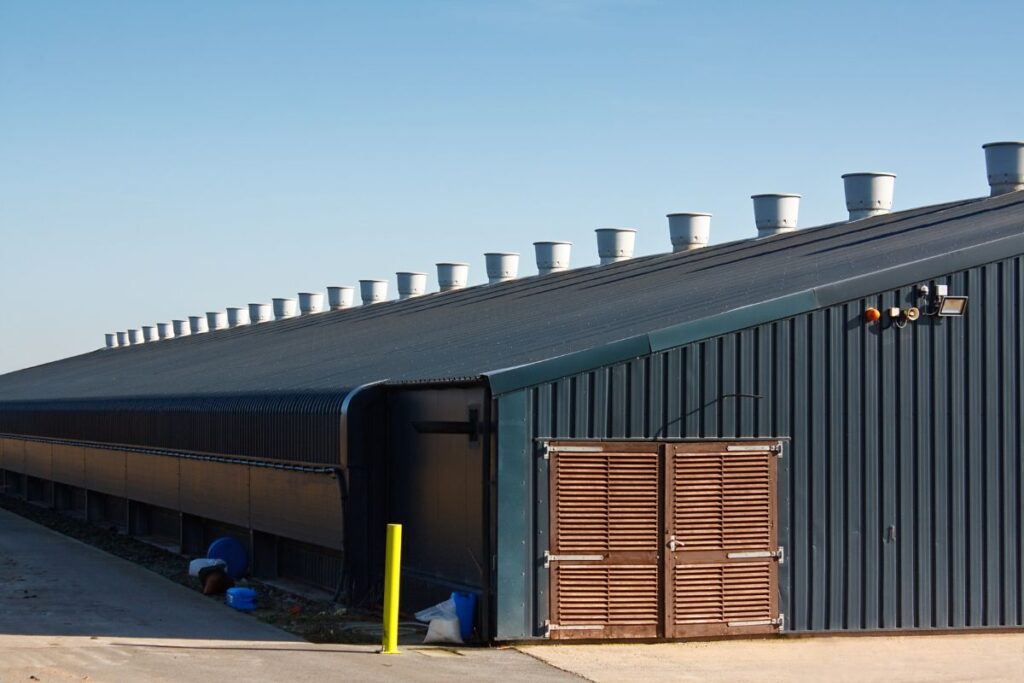While both residential and commercial properties require sturdy, well-maintained roofs, the roofing requirements and solutions for these two categories can vary significantly. This article outlines some of the key differences between residential and commercial roofing.
- Design
One of the most noticeable differences lies in the design. Residential roofs often feature a steep slope and are commonly visible from the street, which influences aesthetic considerations. On the other hand, commercial roofs are typically flat or have a very low slope, often hidden from view. This is because commercial buildings are usually larger, and a steeply sloped roof would be impractically high and large.
- Materials
Residential roofs are often constructed using materials like asphalt shingles, wood shakes, metal, or tile for their aesthetic appeal and durability. Commercial roofs, due to their large size and flat design, need durable and cost-effective materials. They often utilize built-up roofing systems, modified bitumen, PVC, TPO, EPDM rubber, or metal roofing.
- Installation and Maintenance
Residential roofing projects are usually quicker to complete given the smaller size and simpler design of the roof. Commercial roofing projects, however, often require more labor and time due to the size and complexity of the roof, along with the specialized installation techniques and materials involved.
Maintenance demands also vary. Residential roofs typically need less frequent but more detailed inspections. Commercial roofs need more regular checks due to their size and the higher likelihood of pooling water.
- Cost
Commercial roofs tend to cost more than residential roofs due to their size, the complexity of installation, and the materials used. However, the cost per square foot can sometimes be lower for commercial roofs as contractors can work more efficiently on larger projects.
- Lifespan
The lifespan of residential and commercial roofs can differ significantly based on the materials used. For instance, residential asphalt shingles may last around 15-30 years, whereas a commercial TPO or EPDM roof can last up to 30 years with proper maintenance.
- Contractors
Not all roofing contractors are equipped to handle both residential and commercial roofing projects. Due to the differences in scale, materials, and installation techniques, separate expertise is often required.
In conclusion, while the primary function of both residential and commercial roofs is to protect the building’s interior, understanding the key differences between them is crucial when planning for commercial roof installation, maintenance, or repair. Always choose a contractor with the appropriate experience and skills for your specific project.


